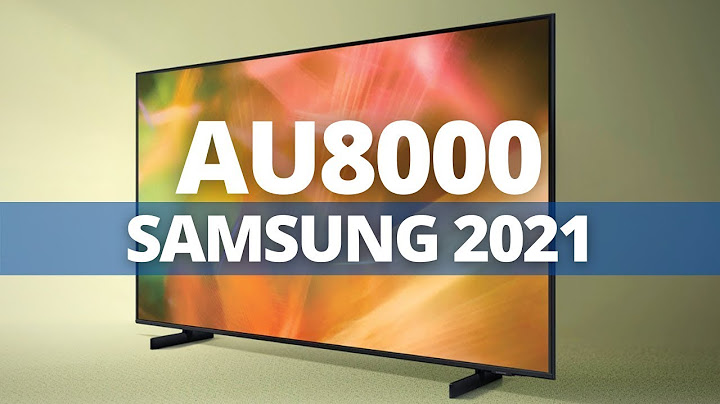Show
Online6 Weeks₹ 219,119Inclusive of GST Quick facts
Course overviewWith over half of the world's population living in cities, there is an increasing trend in creating safer, smarter, and more environmentally friendly cities that are adaptive to their residents. According to a World Economic Forum report, in 2021, 83.6% of the population of North America lives in cities. The Beyond Smart Cities: Emerging Design and Technology online course go far beyond the normal optimisation of smart cities. While most urban planning solutions concentrate on digital upgrades to preexisting urban infrastructure, the Beyond Smart Cities: Emerging Design and Technology training looks at how disruptive technologies may enhance the design, planning, and administration of modern cities in order to make them more sustainable in the future. The Beyond Smart Cities: Emerging Design and Technology syllabus explores how innovations like artificial intelligence (AI), data analytics, real-time simulations, innovative urban systems, and predictive urban design may be used to create more entrepreneurial, elevated, and livable urban areas, as guided by MIT experts. The highlights
Program offerings
Course and certificate feesFees information₹ 219,119 (Inclusive of GST)
certificate availabilityYes certificate providing authorityMIT School of Architecture and Planning, Cambridge Eligibility criteriaCertification Qualifying Details To qualify for the Beyond Smart Cities: Emerging Design and Technology certification, Students will have to complete the online learning modules and submit the assignment, classwork, and projects included in the course. Students will have to take part in the class activities such as live polls, quizzes, surveys, questionnaires, etc. A series of submitted practical assignments and classroom activities are used to evaluate students. All the requirements stated in the coursebook must be met to qualify for certification. What you will learnInnovative Knowledge of urban planning After completing the Beyond Smart Cities: Emerging Design and Technology course, Candidates will develop the capacity to use technology innovation to better urban design, policy, and planning. Candidates will learn about urban planning and design to make strategies for more efficient land use, decentralized energy systems, and alternate modes of transportation and gain the ability to detect and identify modern city design issues, with solutions for a more sustainable and healthier city systems. Who it is for
Admission detailsTo get admission to the Beyond Smart Cities: Emerging Design and Technology course for beginners from MIT, follow the steps mentioned below: Step 1. Visit the official course page by going through the given link (https://www.getsmarter.com/products/mit-media-lab-beyond-smart-cities-emerging-design-and-technology-online-short-course) Step 2. Locate and tap the ‘Register Now’ button to start the registration Step 3. Read the terms and conditions carefully and accept to continue Step 4. Provide the personal details to generate a profile on the Getsmarter platform Step 5. Fill in the mailing address and sponsor details if someone is paying your fee Step 6. Pay the fee and start learning online from UCT via Getsmarter The syllabusModule 1: Design and technology for people-centric cities
Module 2: The mobility revolution and urban robotics
Module 3: The live-work transformation: Robotics, prefabrication, and IoT technology
Module 4: A network of neighbourhoods: AI, real-time simulation, and emerging systems
Module 5: Sustainable communities: Local production and lower consumption
Module 6: Governance: Token economies and algorithmic zoning for prosocial behaviours
How it helpsCandidates learning Beyond Smart Cities: Emerging Design and Technology tutorial from MIT will be benefited in the following ways:
FAQsWhat is emergent design? The capacity to adapt to the new concepts or ideas that evolve is referred to as emergent design. What are the examples of emerging technology? Some of the examples of emerging technologies are the Internet of Things, Artificial intelligence, Virtual Reality, robotics and automation, blockchain, cloud computing, etc. What are the types of technology? Construction, energy, manufacturing, transportation, communication and bio-related technology are the types of technology. How long does it take to complete the Beyond Smart Cities: Emerging Design and Technology course? It takes 6 weeks to complete the Beyond Smart Cities: Emerging Design and Technology course. What is a smart city? A smart city makes use of communication and information technology to increase operating effectiveness, exchange information among people, and deliver improved public service and citizen wellbeing. ArticlesPopular ArticlesTrending CoursesPopular CoursesPopular PlatformsLearn more about the CoursesWhat is smart city in emerging technologies?What is a smart city? A smart city is a framework, predominantly composed of Information and Communication Technologies (ICT), to develop, deploy, and promote sustainable development practices to address growing urbanization challenges.
What technologies will be at the front end for developing smart cities?These include cameras, aerial cameras, satellites and more. These technologies are used in smart cities to better understand urban settings, to see what space is available and how it might be used better, as well as to predict how current roads and buildings might fare in disasters.
What are the technologies in smart cities?The development of technologies such as the Internet of Things (IoT), Artificial Intelligence (AI), Blockchain or Geospatial Technology is key to the growth of smart cities around the world.
What are your top 5 innovations for making cities smarter?Top 7 Smart City Innovations From 2020. A CONCEPT CITY DESIGNED TO WITHSTAND PANDEMICS. ... . ELECTRIC, DRIVERLESS TRAM CONCEPT MINIMISES CONTACT FOR SAFER PUBLIC TRANSPORT. ... . UK'S FIRST ALL-ELECTRIC AVENUE CHARGES VEHICLES THROUGH STREET LAMPS. ... . SMART FRAMES FOR GROWING PLANTS IN THE CITY.. |

Advertising
LATEST NEWS
Advertising
Populer
Advertising
About

Copyright © 2024 en.ketajaman Inc.













